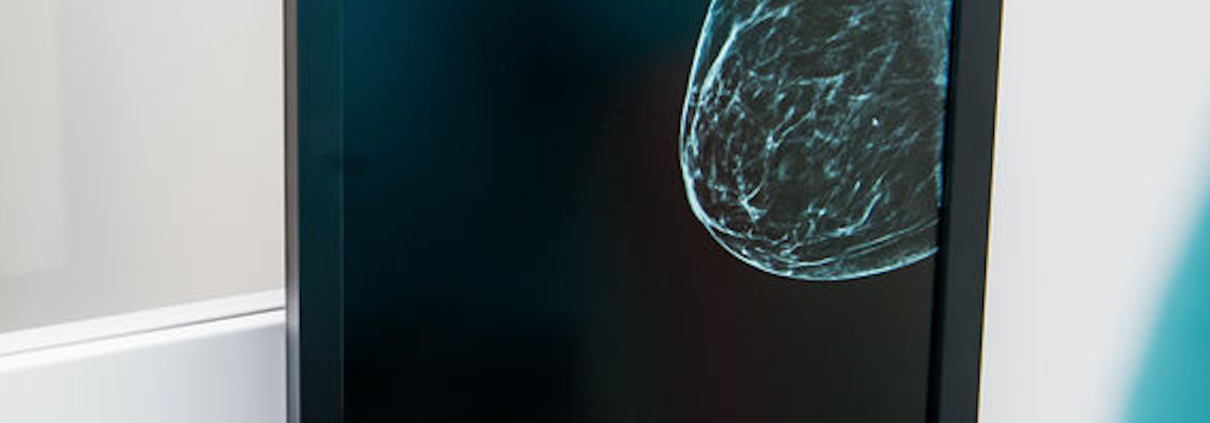11 March 2019
A study recently published in JAMA Oncology adds to the growing body of literature noting the advantages of digital breast tomosynthesis (DBT), also known as 3D mammography, compared to the more widely available digital (2D) mammography (DM).
While mammography is still considered the “gold standard” for breast cancer screening, there are some limitations. Approximately 40% of women have dense breasts by mammography, and cancers are not seen as easily in these patients. In addition, overlapping areas of glandular tissue can masquerade as concerning findings on screening mammograms, so some women are “called back” for additional views. The additional diagnostic studies attempt to determine if the abnormality is indeed a lump, or if it is simply lumpy tissue or other benign findings.
In the current study, Dr. Conant and colleagues performed an analysis of patients within the PROSPR (Population-based Research Optimization Screening through Personalized Regimens) consortium. They included women age 45-74, without a known history of breast cancer, who underwent screening mammography at 3 research centers using DM and DBT between 2011 – 2014. The researchers evaluated recall / callback rates and in women who had at least one year follow up, they assessed biopsy and cancer detection rates. There were 101,000 patients in the DM group and 24,900 patients in the DBT group.
The researchers found that across all age groups the recall rate was lower and the cancer detection rate was higher in the DBT group. This was true even in the women age 40-49, whether they had dense or non-dense breasts. In this group of younger women, the detection rate with DBT was 1.7 per 1000 examinations higher compared with DM in the setting of non-dense breast, and 2.27 / 1000 higher in dense breasts. They also noted that DBT was associated with a higher likelihood of detecting smaller cancers with negative lymph nodes.
Some limitations of the study include: incomplete data on risk assessment, non-randomized sample resulting in slight differences in risk profile, and relatively small number of cancers detected. However, in an accompanying commentary, Drs. Bahl and Lehman suggested that as DBT did find more cancers in younger women, guidelines for routine breast screening with DBT for women age 40-49 (some guidelines recommend starting at age 50) should be reconsidered.
Screening mammography in younger women does detect (some) breast cancers, and this and other studies show that a few more will be detected with DBT versus DM. The intense debate around screening mammography in women younger than 50 revolves around the smaller number of cancers in women in this age group (compared to over 50) and conflicting survival data – early detection does not always result in improved outcomes. The goal of any screening test is to improve survival, and Drs. Bahl and Lehman noted that none of the current DBT literature addresses clinical outcomes – rather, it focuses on metrics such as cancer detection and recall rates. They noted that at this point in time, large trials assessing survival benefit from screening mammography may not be practical.
Drs. Bahl and Lehman note that more studies are needed, and they comment on the TMIST trial – this is a large ongoing multicenter trial evaluating DBT and DM in women age 45-74. The TMIST study will evaluate cancer detection and recall rates, and will compare the number of advanced cancers in each group. Drs. Bahl and Lehman also noted that more research is needed to determine whether there is an added benefit of utilizing supplemental screening ultrasound in women with dense breasts who undergo screening with DBT versus DM.
There are a few additional points regarding DBT to be aware of. DBT is associated with a slightly higher radiation dose compared to DM. This type of mammogram does still involve breast compression, although many women note it is not as tight as standard mammography. In addition, DBT is not always covered by insurance, and facilities vary tremendously in their charges – some do not charge at all if insurance does not cover (only billing for the standard DM), and I’ve seen charges up to $150 or more. In addition, the harder we look, the more we find, and DBT does pick up some findings that result in biopsy and even surgery that turn out to be benign. However, it seems that as radiologists in a particular facility become more comfortable with DBT the false positive (“false alarm”) rates decrease.
The TMIST study will hopefully provide more guidance for patients and their physicians. In the meantime, if DBT is available in your area and you have dense breasts, it is reasonable to discuss this newer technology with your physician to see if it is right for you.

